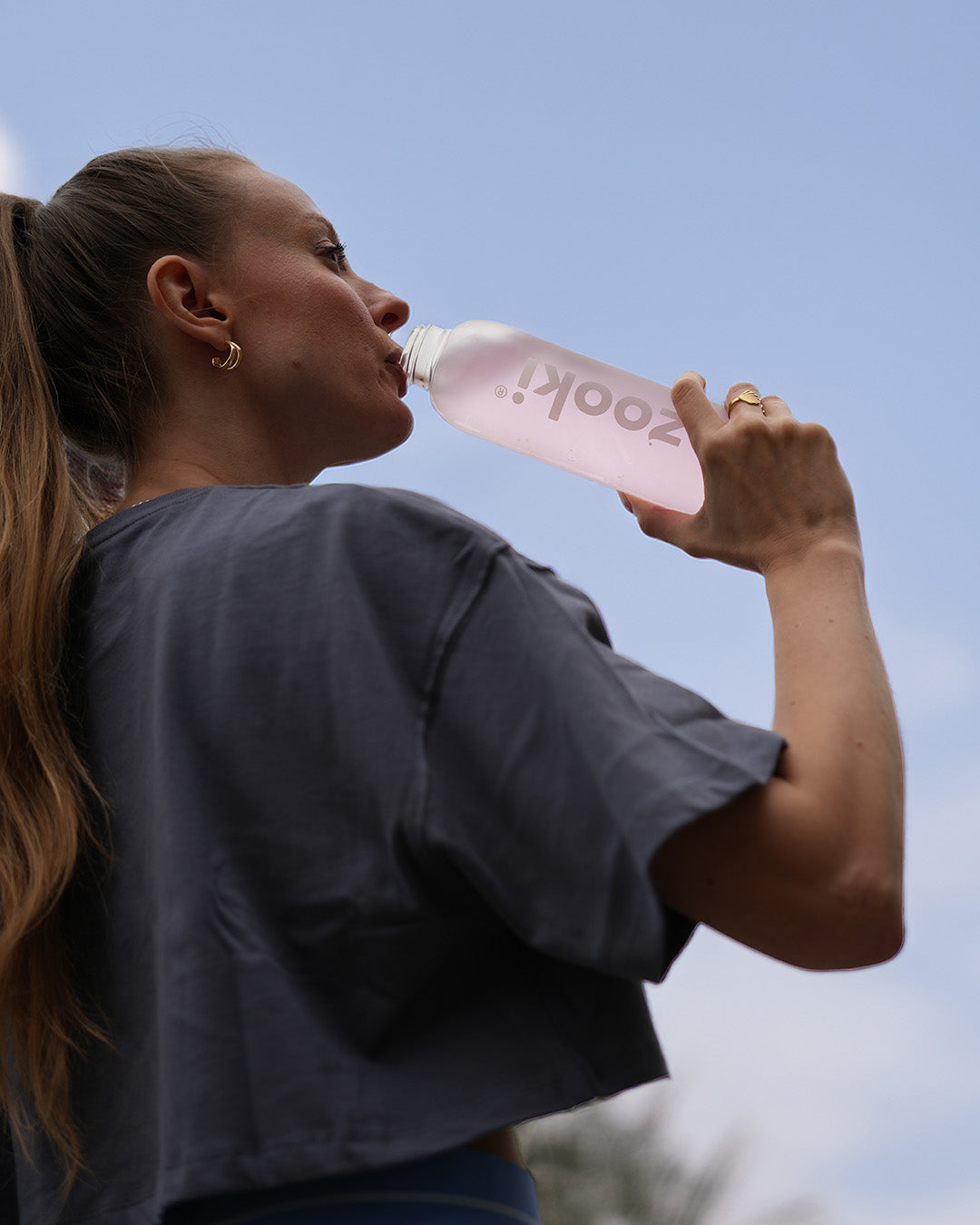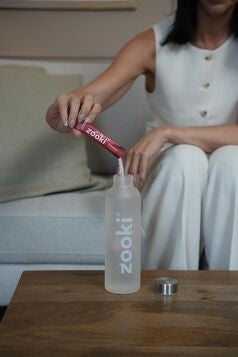Toxins and your 'toxic load'
Toxins are substances present within your body that can cause imbalances if they're not neutralised and safely removed. They can come from the environment and your metabolism and the accumulation of them in your body is known as your ‘toxic load’.
We are exposed to a multitude of toxins every day. Toxins are present in our water, food, personal care products, soil and air. Over the past few decades, the toxin levels in our environment have gradually increased. This is down to the introduction of pesticides and insecticides in agriculture which enter our food supply, smoking and drinking, and much more air pollution from car exhausts, factories and landfills.
Over time, these toxins can affect our ability to absorb, store and use the nutrients we get from our food. Fortunately, there are ways we can reduce toxic load and counteract some toxins through healthy detoxification.
Types of toxins
-
Xenobiotics: These are chemical compounds that your body doesn't recognise as they're not part of your normal metabolism and nutrition. They can enter your body through ingestion, inhalation or via your skin and include things like drugs, food additives and environmental pollutants.
-
Endobiotics: These are substances that are produced within your body and include hormones (e.g. oestrogen), and metabolic waste products from physiological processes (e.g. urea from protein breakdown).
Toxins are fat soluble, which means that they can accumulate in fat tissue. This can lead to inflammation and oxidative damage, but they can be eliminated with detoxification in order to reduce toxic load.
Common toxins include:
-
Pesticides, herbicides, insecticides and fungicides: These are commonly used in agriculture, but many are toxic to humans.
-
Alcohol: The breakdown of alcohol produces a toxic substance which puts pressure on the liver, adding to our toxic load. The excess can cause harmful effects on the body.
-
Heavy metals: These include aluminium, mercury, arsenic, lead and cadmium.
-
Air pollution: Air pollution can induce damage to the body’s cells and cause oxidative stress. Cigarette smoke, in particular, can affect the liver detoxification process and induce cellular damage.
-
Beauty and personal care products: Many of these include substances known as ‘endocrine disruptors’, affecting our natural hormone production and adding to our toxic load.
How to reduce your toxic load
Although some exposure to toxins in today’s world is unavoidable, there is a lot you can do to reduce your daily exposure to toxins, as well as counteract some of them to help reduce toxic load.
Recognising and identifying sources of toxins that you are exposed to daily is a good place to start to reduce toxic load. You can:
-
Reduce alcohol and smoking
-
Buy natural cosmetics and beauty products which don’t contain harmful substances
-
Reduce your exposure to plastics and use glass or stainless steel
-
Drink filtered water rather than tap water
We also need to understand what detoxification is (the process of eliminating toxins from the body) and how it works.
What is detoxification?
Your whole body plays a role in detoxification, it needs to be functioning well and synergistically to properly reduce toxic load.
Your gut, skin and lungs are the first line of defence and act as physical barriers to prevent external toxins from entering your body. A number of enzymes and processes are involved in neutralising toxins, a process that mainly occurs in your liver. Your kidneys and gut are then responsible for excreting neutralised toxins from your body to reduce toxic load.
Detoxification process
There are three stages of detoxification:
-
Phase I - Biotransformation: Fat soluble toxins are converted into intermediate metabolites by enzymes, ready to be processed by phase II detoxification. These intermediate metabolites are often more toxic than in their original form, so it's vital that phase II is working efficiently to prevent a build up of toxins in your body.
-
Phase II - Conjugation: These harmful toxins are then neutralised further, made safe and prepared for elimination.
-
Phase III - Elimination: These neutralised toxins are then pushed out of cells and sent for excretion through the kidneys via urine, or into bile and eliminated via bowel movements to reduce toxic load.
Why is detoxification important?
Although your body is able to perform these processes on its own, you still need to support your body so it can perform optimal detoxification and reduce toxic load effectively.
An unhealthy build up of toxins in the body can lead to symptoms such as achy joints or muscles, brain fog, fatigue, headaches, allergies, and digestive problems, or more serious problems such as autoimmune diseases, migraines, asthma, acne, irritable bowel disease, reflux, and arthritis.
Getting started with detoxification
As well as reducing your exposure to toxins, it's important to improve your natural detoxifying processes. You can:
-
Optimise digestion and regular bowel movements by eating a fibre-rich diet.
-
Eat organic. Organic foods contain higher levels of nutrients and may have a greater antioxidant activity which can support the body in fighting disease.
-
Support detoxification pathways by including lots of vegetables, fruits and spices in your diet. Foods such as broccoli, kale, Brussels sprouts and cauliflower, artichoke, turmeric, beetroot and coriander contain certain molecules that can directly support detoxification pathways.
-
Increase Glutathione intake. Glutathione is the body's master antioxidant so when we're detoxing we need as much of it as possible. You can do this by eating precursors to Glutathione, Glutathione-rich foods and taking Glutathione supplements.
-
Support skin detoxification through adequate hydration and skin brushing. Saunas and physical exercise can also enhance detoxification of heavy metals in sweat.






Share:
What are the health benefits of Vitamin K?
Easy tips for achieving healthy skin naturally